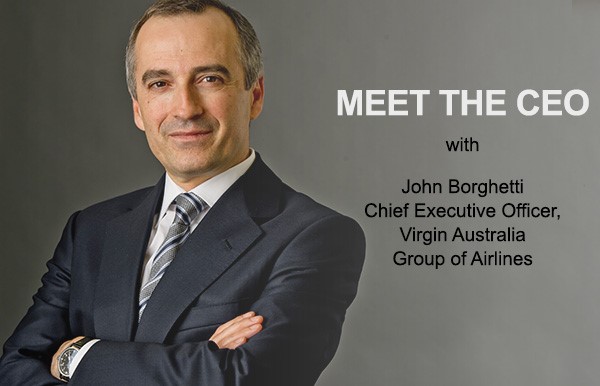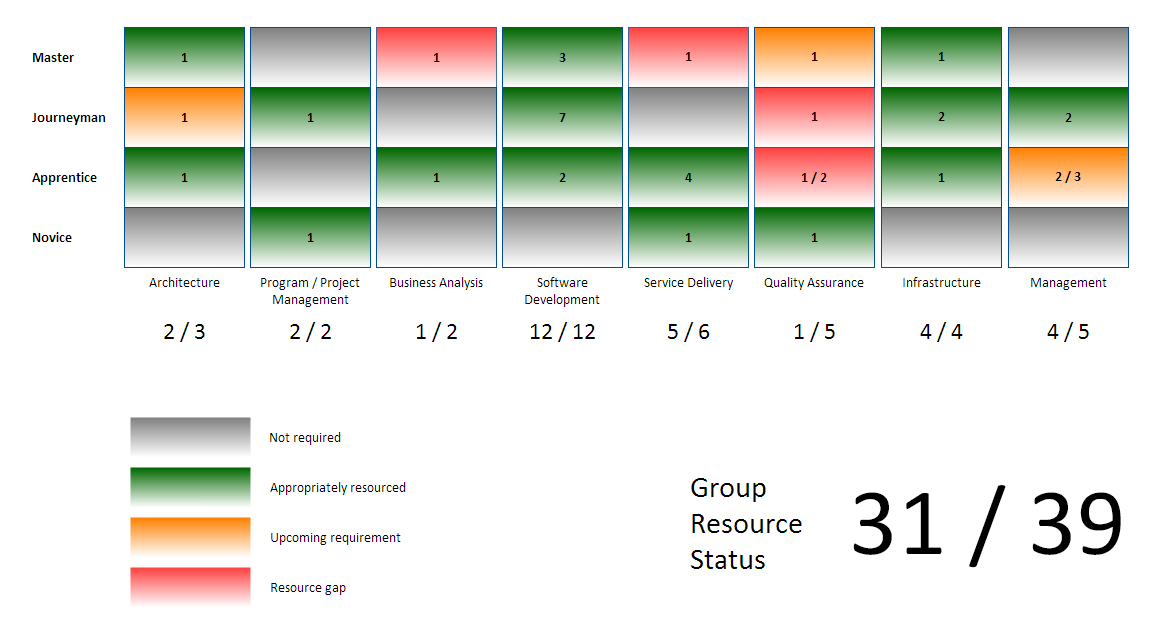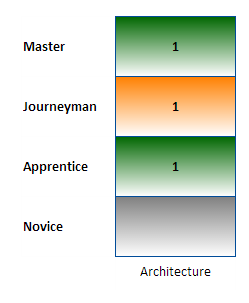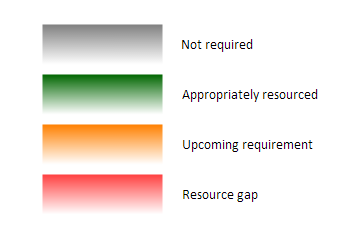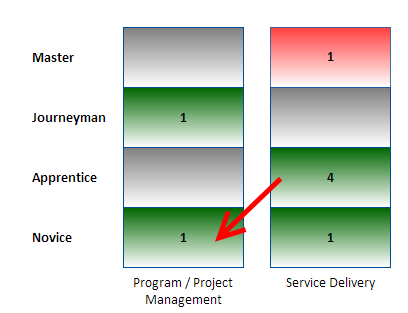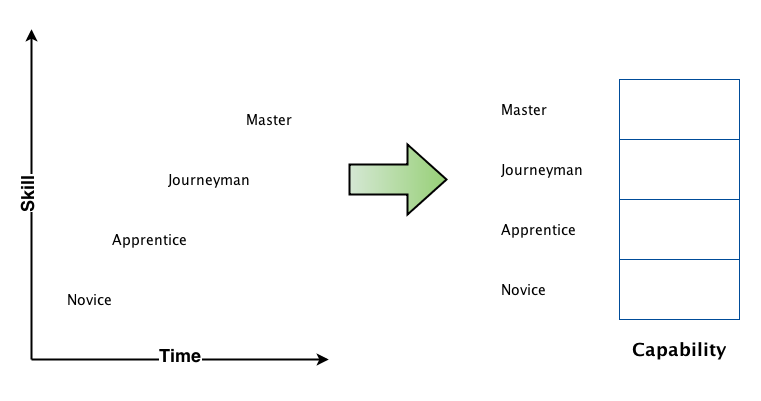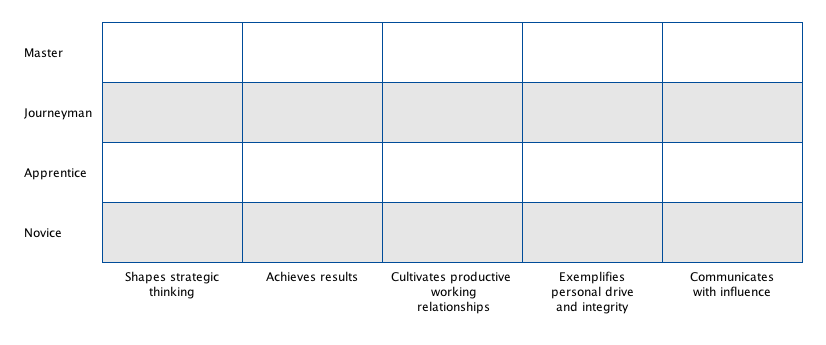Insights from John Borghetti, CEO of Virgin Australia Group
Interesting fact: In 2003, the first business leader hosted by the AGSM in the inaugural Meet the CEO event was Richard Branson.
It was somewhat poetic, therefore, that almost exactly a decade later the last Meet the CEO event of 2013 held on Monday featured John Borghetti, CEO of Virgin Airlines.
The stage was set from the beginning. There were a number of immaculately groomed Virgin Airlines stewardesses in their distinctive red livery in addition to the AGSM staff welcoming guests to the evening. They even opened the doors to the hall where the interview took place, and ushered us in with effortless smiles and practiced efficiency. I almost wished we had reserved seats so we could have been directed to them.
Dean of the Australian School of Business Professor Geoffrey Garrett was engaging and humourous as always in his introductions. UNSW Chancellor David Gonski in his welcome was even funnier and had the packed hall laughing out loud. The twist – instead of Dr Garrett chatting to the guest as usual, there was also a guest interviewer. Mark Scott, Managing Director of the Australian Broadcasting Corporation stepped onto the stage and masterfully conducted the interview.
John discussed the history and challenges faced by the aviation industry in general and specifically in Australia. He also touched on the opportunities and challenges faced by Virgin as part of competing against Qantas and the brand repositioning strategy he implemented after joining Virgin in 2010.
You can watch the video recording of the interview to catch the whole thing, but here are my observations and insights about John’s leadership style from listening to him tell his stories.
Don’t be afraid to be yourself.
A lot of John’s personality showed through his answers. I’m sure he’s had loads of media training as most people at his level do, but his answers were somewhat less reserved and guarded than the other CEOs I’ve seen interviewed.
For example, he quite happily pointed out that the decline in the Australian resources boom was great, because it meant that mining organisations were now looking for cost efficiencies and open to renegotiating corporate contracts. He then realised that it may have sounded like he was happy about the resource decline in general, and sheepishly clarified that he meant it was great for Virgin Airlines, not necessarily for Australia as a country.
Share your success. There’s plenty to go around.
He talked about and shifted credit away from himself and senior management to front-line staff. Basic leadership recipe, but well executed by publicly acknowledging the importance and achievement of everyone in the organisation.
If you’re in a service industry – like airlines – focus on getting the right people on board (no pun intended).
John pointed out that when you’re flying, you’re basically in a “tube”. The tube is essentially the same regardless of the airline you choose, so the key differentiator is the people who deliver the customer experience.
When asked to elaborate, he said it came down to recruiting well. You have to create and maintain a service culture, and find and attract people with the right customer service attitude and focus. This meant going outside the airline industry to find individuals who were “service people” – whose attitude is based on wanting to please people.
It’s also important to then let those people be themselves, and not beat that attitude out of them.
“Screw it, let’s do it.”
Advice from Richard Branson when faced with rebranding Virgin Airlines Australia differently from the rest of the global Virgin brand. Enough said.
Listen to your front-line staff.
John said that it was impossible for a CEO to “go undercover” and pretend to be a customer. Everyone recognises you and treats you differently – like the CEO. Even if they didn’t, at best you might pick up on some of the challenges faced by front-line staff on the day, and those might not be the most difficult ones they normally face. Rather, spend time talking to them at every opportunity you get, take that feedback on board, and act on it.
Process your email backlog at 3am on Sundays.
Ummm … I might pass on this one for now.
Learn to read people.
John started working in his father’s coffee shop aged 10, and was challenged by him to up-sell to potential customers. It was here that he learnt salesmanship and reading people. He pointed out that this is important because it enables you to understand where they are coming from (empathise with them), which in turn gives you the ability to decide what to do (how to fulfil their needs).
Have a good process to solve problems.
You can’t anticipate all the problems that could potentially arise in an endeavour. However, you know that they will come up, so have a good process to deal with them as they do. Each problem might be different, but having an approach to solving them will go a long way to successfully resolve them.
Work hard and focus on doing a great job.
When asked what advice he had for someone starting off in the airline industry, John responded with the advice he gave his own daughter, not specific to airlines, but for careers in general:
Work hard. Focus on your current job and do it well. You will see other people around you get ahead without working hard. Don’t worry about them. They’ll come crashing down eventually.
Really good advice, and something I’ve personally observed.
Thanks AGSM. Really enjoyed the conversation, and am looking forward to meeting more CEOs next year.
Managing Teams of Craftspeople
The great thing about a good model is that it is extensible. The Craftsperson model, which can be used for personal or team management, can also be extended and applied to manage a cross-functional, multi-disciplinary group.
The framework can be used in a number of ways, but we’ll discuss a couple here:
- A simple overview of the group structure
- A basis for career transition conversations
Craftspeople Management Framework
As always, it’s best to discuss this with an illustration. Here’s an example of the framework depicting a technology group with multiple teams – although note that it can be used to represent any function within an organisation:
While this might look a little complicated and busy, remember that this fictitious group consists of eight teams and 31 people – a necessarily complex environment.
Let’s talk about some of the elements of the framework in a little more detail, and then pull it all together.
Overall group status
The overall Group Resource Status counter indicates how well the group is staffed. The thresholds at which you may start to get alarmed are unique to you and your organisation, but it provides an easy, at-a-glance understanding of whether a recruitment drive should be considered.
Practices
Each column represents a discrete Practice within the group. Practices can be structured in whatever way makes sense to an organisation, but represents a stand-alone area of focus and a fairly standard career path for most people.
This was discussed in some detail in previous posts. Note that Practices don’t necessarily have to mean teams. Teams can consist of individuals from multiple Practices.
Practice Status
Indicates how well an individual Practice is resourced:
Obviously QA needs some attention.
Colour key
The colour key indicates the status of each stage within a Practice.
Gray – The stage is not required, based on the organisation or group’s current operating environment. For example, in the image above the Master stage in Program / Project Management is at “Not Required”. This could be because there are no major programs running, the program or project management is out-sourced, or perhaps even handled by other functions within the company. Similarly, the Novice stage in Software Development is set to “Not Required”, which could be because of policy to only hire slightly experienced software developers rather than fresh graduates who require lots of management attention.
Green – All is well. Nothing to see here folks. Go back to your desks and carry on.
Orange – There is no great urgency, but a need for one or more resources operating at this level has been identified. This should result in conversations about promoting within the ranks if the skills exist, or starting to engage the appropriate recruitment functions.
Red – Houston, we have a problem. A resource gap exists that is impacting current delivery of initiatives, and needs to be addressed urgently.
Resource count
The number in the box for each stage. A single number indicates the resource count (or requirement, in the case of orange or red status):
Alternatively, a fraction in a box indicates an existing or upcoming resource gap. Obviously this can only be an orange or red box:
Bringing it all together – The Framework in action
Okay, so let’s pull it all together and discuss a couple of uses of the framework.
Group Overview
Here is the visualisation of the fictitious group again, and the overview we can glean from it:
- This is a reasonably sized group of 31 technologists.
- The group is structured into 7 distinct Practices, along with management.
- The software development function has a large representation, indicating the overall focus of activities within this group.
- There is a gap of 8 resources to get this group to its target operating effectiveness. 4 of these are required urgently.
- The Quality Assurance Practice is significantly under-resourced.
The visualisation of the framework very quickly lets us understand the group structure and focus, as well as its resourcing health.
Career Transition Conversation
Another useful thing about this framework is that it enables conversations about what career paths may be possible. In our example, let’s pick someone from the Service Delivery Practice – say, an Application Support Analyst – who is at the Apprentice level. They realise that they are starting to mature past their current stage, but there are no current positions available at the next level. They also really want to transition into Project Management:
The framework allows a meaningful conversation to take place. If they have demonstrated the appropriate attitude and aptitude, they would be first in line for the Novice Project Manager role when it is vacated, or more likely, a role would be created for them.
Management as a Practice
One final point: note that I have included Management as a Practice. Just like the rest of the (IT) crafts, management requires following a learning path and growing through the stages. It needs clearly defined levels, with behaviours and measurable metrics to determine progress. Getting promoted into management doesn’t mean you’ve made it. It means you’re a novice just getting started.
Getting Crafty – Introducing Frameworks
While it’s great to approach your profession as a craft and adopt a general model of craftsmanship, the next level of rigour requires adding some frameworks to ensure measurability and progress assessment. Again, this is great at a personal level, but also adds immense value from a team management perspective.
To enable the introduction of a framework, lets take the general model introduced earlier and collapse it into a column vector:
At this level of abstraction you can see the inherent flexibility in this framework – you can pretty much extend it to add as much or as little complexity as you want or your environment warrants. Here’s an example:
If you wanted to (or had to), you could even overlay this on something like the Australian Public Service Commission’s Integrated Leadership System:
Note that’s only at the top level of the ILS. You can keep drilling down and add more detail as required. Having said that, the ILS is seriously well developed and documented (as one would expect from a Government Department), so I wouldn’t necessarily do it at any detailed level if I worked at an Agency using it. Just pointing out that the framework can be used even where a complex performance management model already exists.
If you were to use it personally, you can just sit down and fill the matrix to map out what you needed to do to get to the next level. For a team, either the manager or the team could build this out, with clear expectations around what operating at each level means and an easy representation for discussion.
In any case, there you have it: how to use the craftsperson model with a formalised framework to introduce metrics and measureability. Enjoy.

